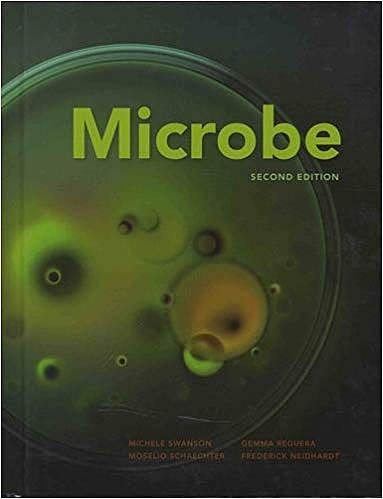
Microbe
Michele Swanson, Gemma Reguera, Moselio Schaechter, ... [et. al.]
2nd ed.
Washington, DC : ASM Press, cop. 2016
 |
Microbe Michele Swanson, Gemma Reguera, Moselio Schaechter, ... [et. al.] 2nd ed. Washington, DC : ASM Press, cop. 2016 |
35 termes
| pandemics n. |
|
| Panton-Valentine leukocidin n. (PVL) |
|
| pattern recognition receptor n. (PRR) |
|
| Pelagibacter ubique [nom científic] |
|
| peptide chain elongation n. |
|
| peptidoglycan cell wall n. |
|
| PHA n. (polyhydroxyalkanoate) |
|
| phage predation n. |
|
| PHB granule n.
(poly- |
|
| pheromone-encoding lipoprotein A n. (pPplA) |
|
| phosphate response n. |
|
| phosphate response regulon n. |
|
| Phosphodiesterase 2 n. |
|
| Phosphodiesterase 3 n. |
|
| phospholipase D n. |
|
| phospholipid monolayer n. |
|
| piezophile n. |
|
| plastic-eating worm n. |
|
| Plodia interpunctella [nom científic] |
|
| poly- |
|
| pore-forming toxin n. |
|
| Porphyromonas gingivalis [nom científic] |
|
| positive sense n. |
|
| posttranscriptional control n. |
|
| PP n. (pyrophosphate) |
|
| pPplA n. (pheromone-encoding lipoprotein A) |
|
| pPurple bacterium n. |
|
| prebiotic phase n. |
|
| primitive cellular entity n. |
|
| protective immunity n. |
|
| proteorhodopsin n. |
|
| PRR n. (pattern recognition receptor) |
|
| Psychromona ingrahamii [nom científic] |
|
| PVL n. (Panton-Valentine leukocidin) |
|
| pyroptosis n. |
|